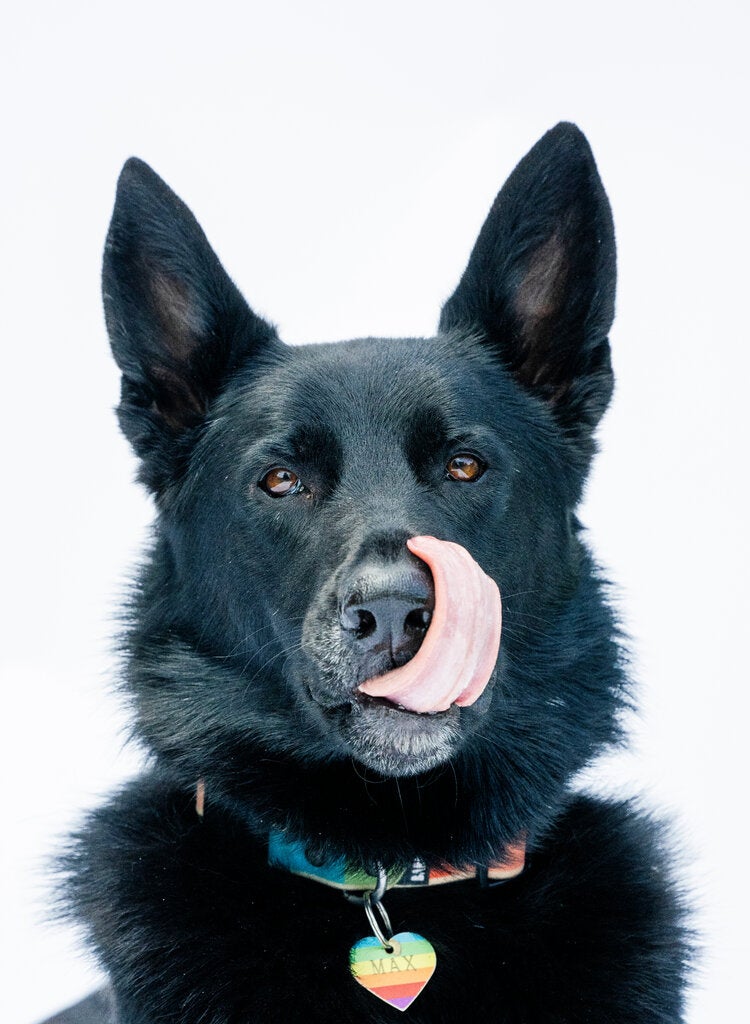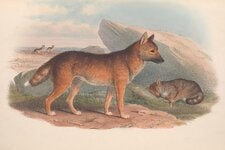How Science Went to the Dogs (and Cats)
Pets were once dismissed as trivial scientific subjects. Today, companion animal science is hot.
By

Advertisement
Pets were once dismissed as trivial scientific subjects. Today, companion animal science is hot.
By

Though still rare, social workers in animal hospitals are growing in their ranks.
By Katie Thomas and

Transfusions have become an important part of veterinary medicine, but cat and dog blood is not always easy to come by.
By

People have grown more attached to their pets — and more willing to spend money on them — turning animal medicine into a high-tech industry worth billions.
By

Are We Loving Our Pets to Death?
Pet owners are treating their animal charges ever more like humans. But that isn’t good for pets, or for us, many experts argue.
By

For an Aquatic Veterinarian, It’s Never ‘Just a Fish’
Stress, ovarian cancer, buoyancy disorders: Every pet has its troubles, and needs a good doctor who makes house calls.
By Emily Anthes and

A Feline Scientist Explains Why Your Cat Might Actually Like You
Cats are more social than they are often given credit for. Can you help yours access its inner dog?
By

Was the Dingo Born to Be Wild?
Burial remains from 800-2,000 years ago hint that the First Australians may have kept the continent’s famous canine species as pets.
By

Famine Drove Jamestown Settlers to Eat Native Dogs, DNA Reveals
By analyzing dog bones buried at the site, scientists found butcher marks and surprising breeds.
By

Advertisement

Dr. Hans Klingemann, pioneering immunotherapy scientist, has studied whether the innovative treatment could save his two pets.
By Matt Richtel
Advertisement
Advertisement